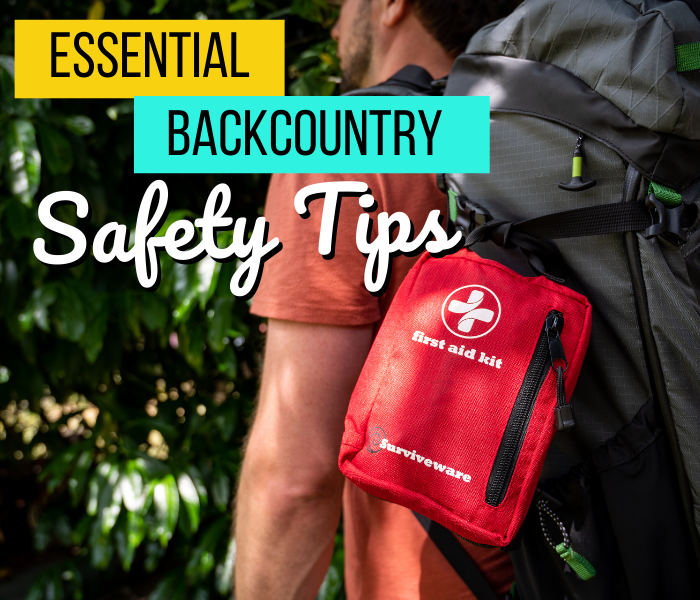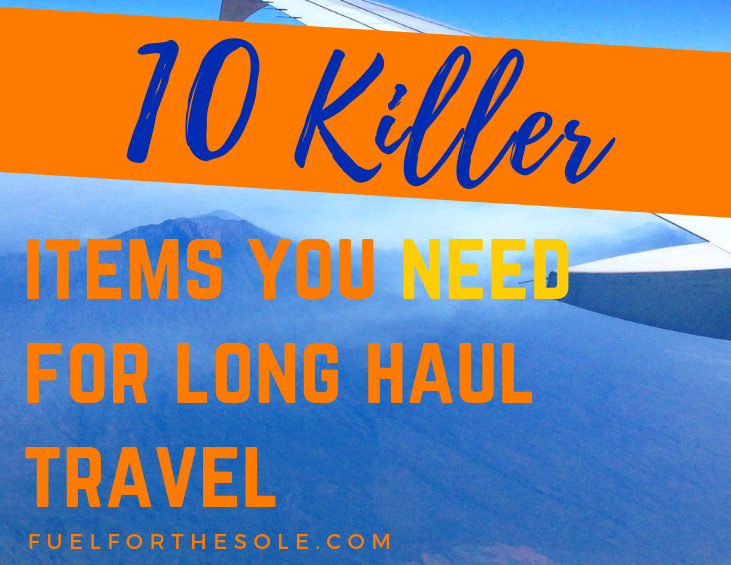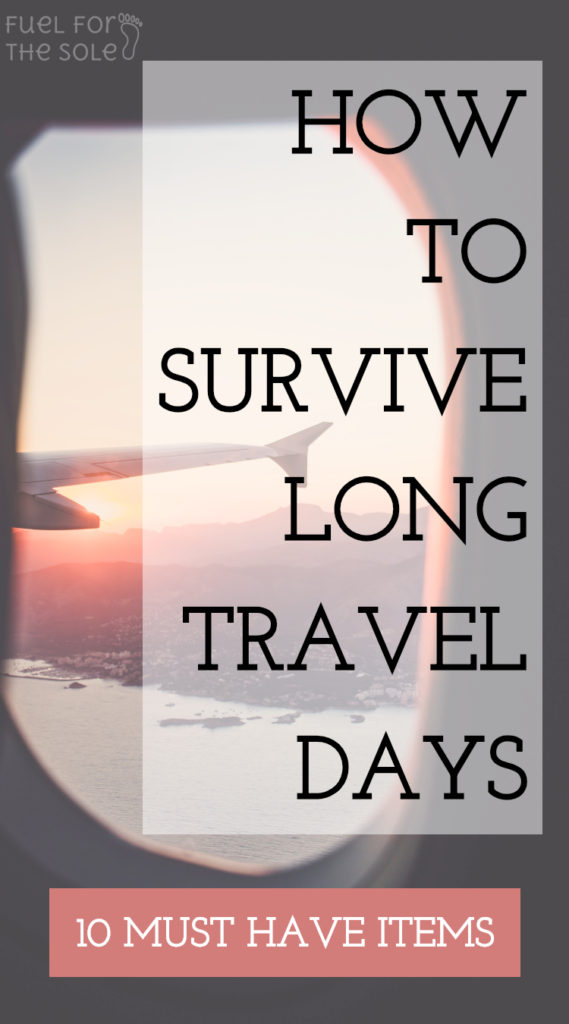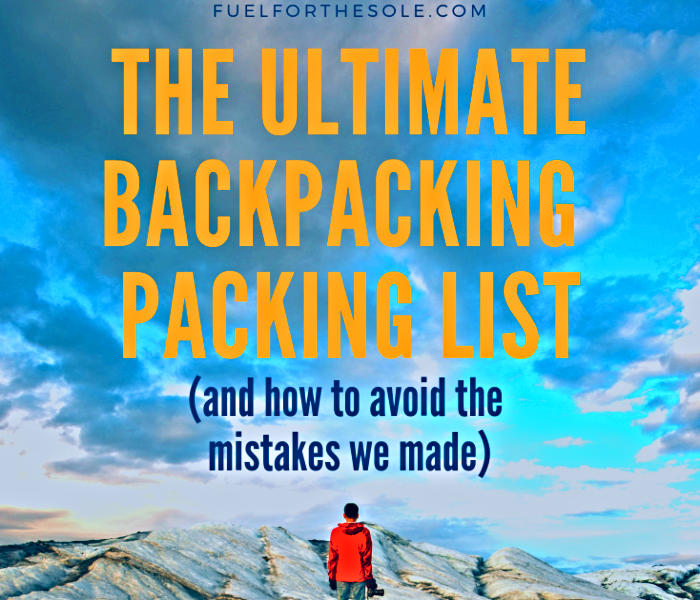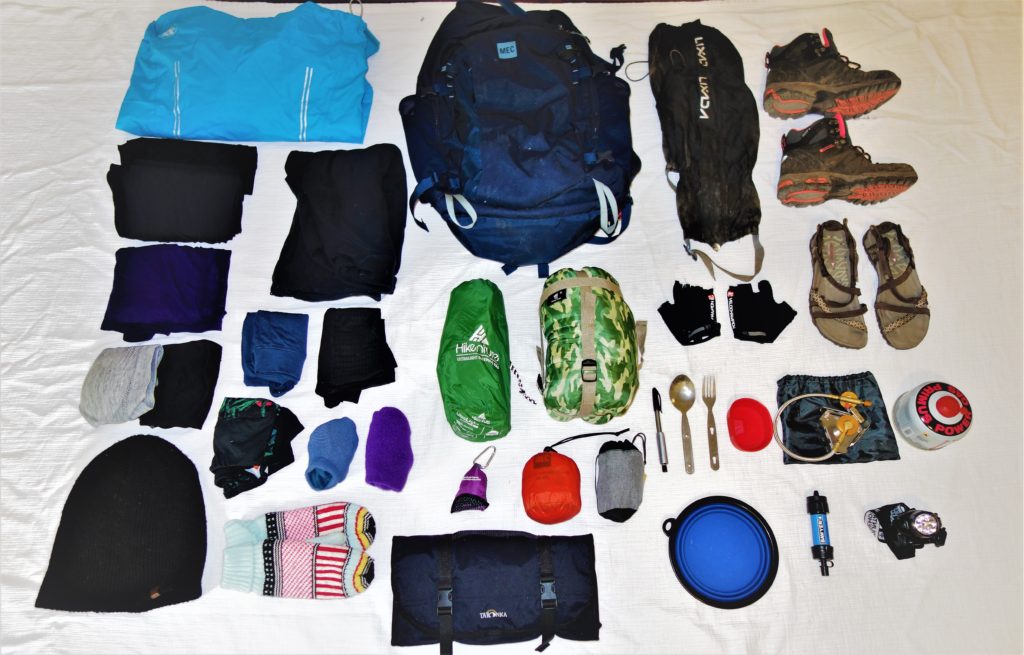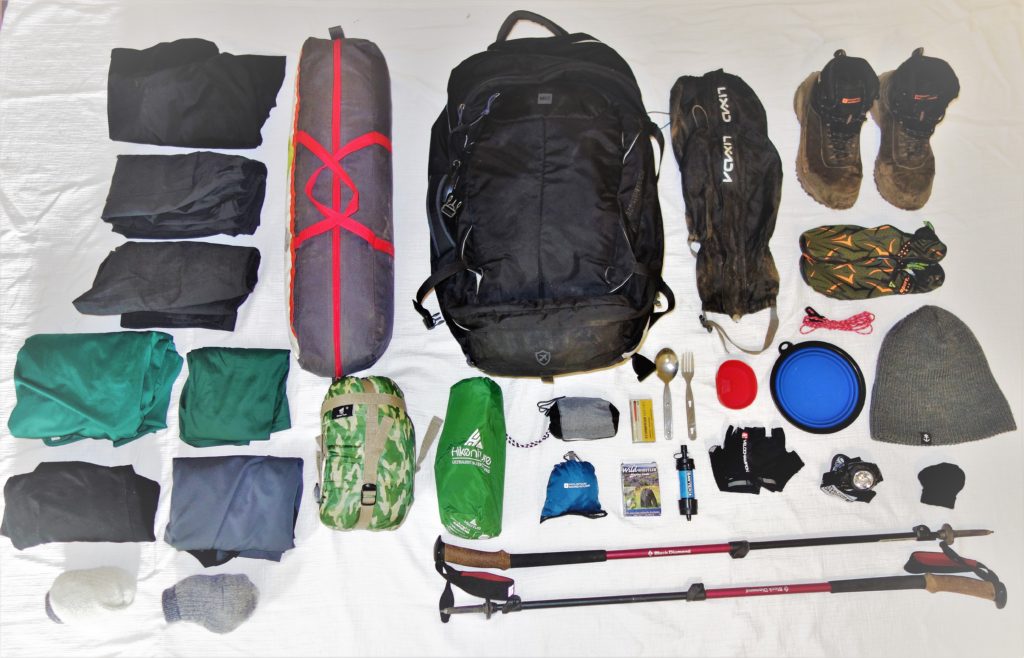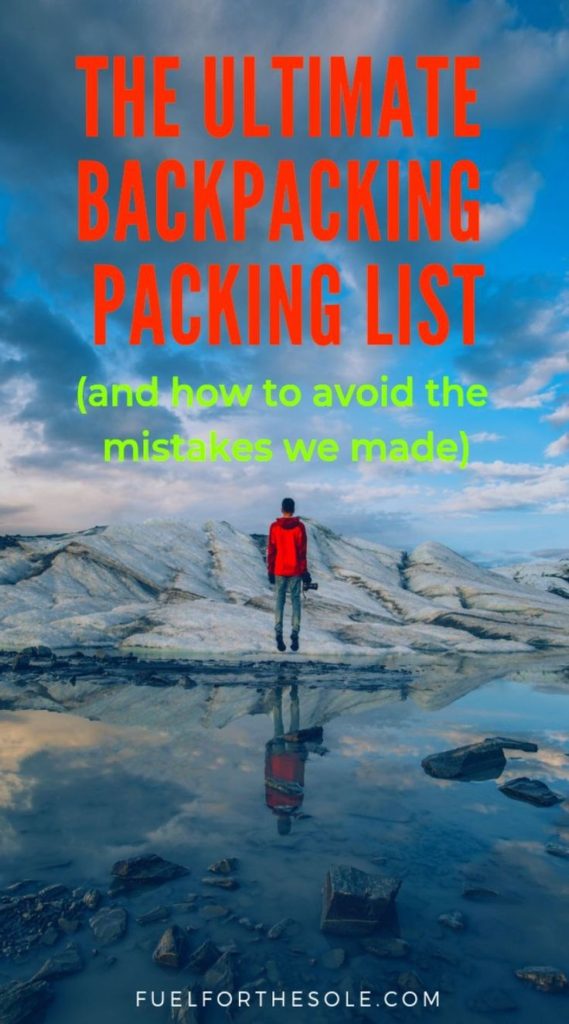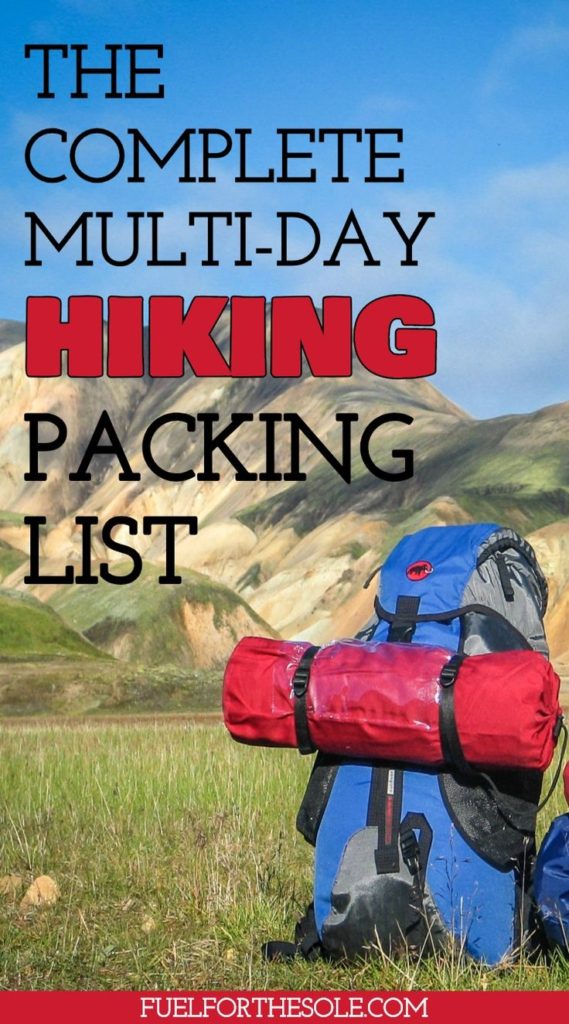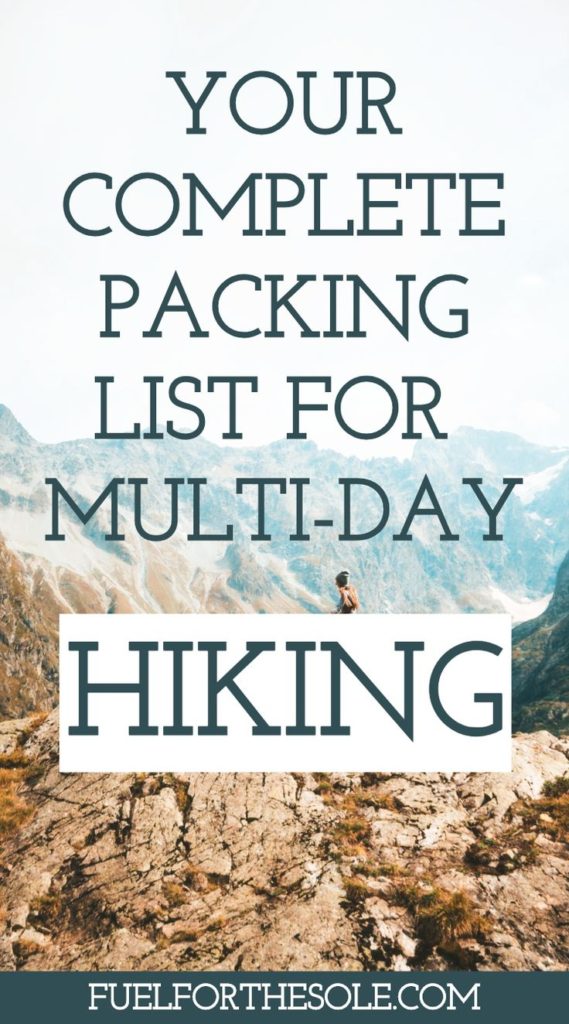Are you headed out on a remote hiking, camping or road trip? We have listed the best backcountry safety tips you need to stay safe out there! To ensure your safety, you will need the right gear, equipment and knowledge.
Andy and I like to consider ourselves modern day explorers. We love to find places where few have traveled to.
But you can bet we have gotten ourselves into some pretty sticky situations. We have had too many close calls and have learned so much from our mistakes.
When you travel off the beaten path your ‘normal’ disappears quite quickly. All of a sudden you cannot rely on all of the conveniences you typically take for granted.
Like this past weekend, when we found this incredibly secret blue lake up a very rugged logging road with zero cell phone reception. The road promptly got rough and we had very little space to turn around. Luckily, we came out unscathed. But the outcome could have been much worse.
So, in hopes that you can avoid some of the mistakes we have made, we are disclosing our top backcountry safety tips for staying safe on remote hiking, camping and road trips.
Have you ever had any crazy safety concerns in the backcountry? Any bad outcomes or “wow that was close” moments? Let us know in the comments below!
Key Backcountry Safety Tips for Road Trips, Hiking and Camping
Pack a Surviveware Small First Aid Kit
In the beginning of our backpacking journey, the only first aid kit we ever carried was a box of Band-Aids. 🙈 Well, it’s safe to say we learned our lesson the hard way.
Now, when we talk about backcountry safety tips, the first thing on our list is carrying a proper first aid kit.
We have found the perfect first aid kit for backpacking and hiking trips – the Surviveware Small First Aid Kit.
Lightweight and Compact
Our favourite part about this kit is how lightweight and compact it is. It is packed with 100 essential supplies that you need for backcountry expeditions and it only weighs 1 pound! Which makes it so easy to throw in any hiking pack or even strap it on your bag using it’s MOLLE compatible straps.
Durable and Water Resistant
We also love it because it is made to last. These kits need to be able to take a beating and the Surviveware kits are tough. They are made from 600D Polyester and ripstop material. And the contents are also protected from water. The actual bag is water resistant and the inner contents are waterproof which helps to ensure you have access to your items in any type of weather.
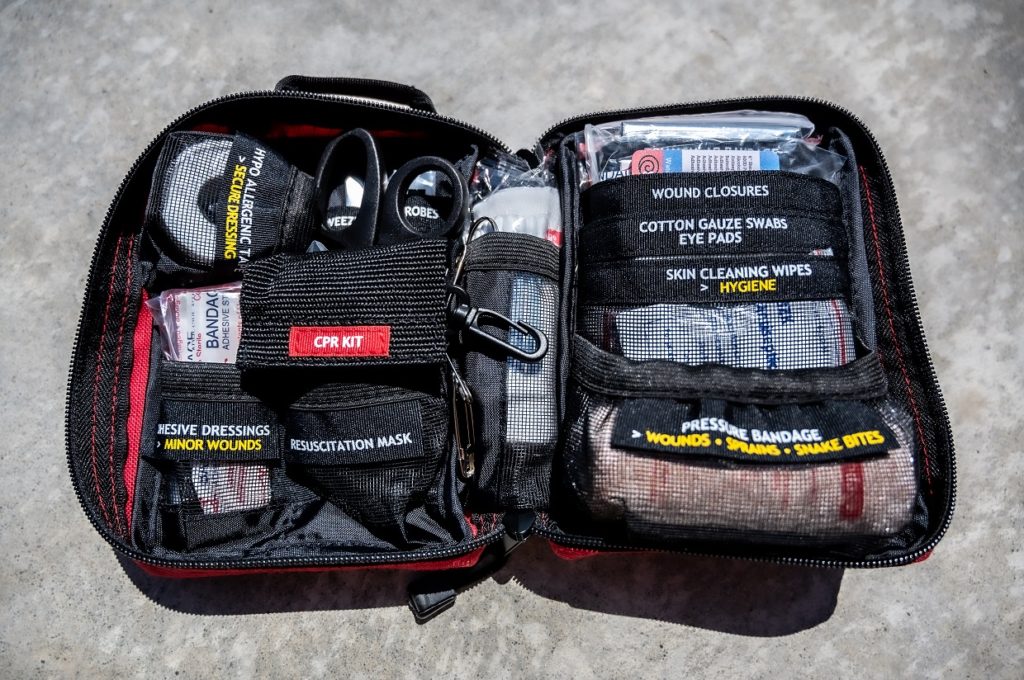
Organized for Quick Access
Another key component of a good first aid kit is organization. We love how this keeps everything so organized. When you are in a stressful or crucial situation, you do not want to be rummaging through your pack to find the essentials you need. The Surviveware Small First Aid Kit is functionally labelled and organized to do the thinking for you in critical situations.
Checklist
This first aid kit also comes with a checklist that covers all of its contents and supplies. Of course, it comes with all the basics like bandages, alcohol wipes, and cotton gauze. But it has so many extras that you would never even think of packing yourself. Some items to note are 6″ shears, a CPR kit, emergency blanket, nitrile gloves, splinter probes, stray-strip closures, a triangular bandage, tweezers and a whistle.
We have been on dozens of backcountry trips and have been in more scary situations than we care to remember. We can truly say that the Surviveware Small First Aid Kit is the only kit you will need for remote backpacking and camping trips.
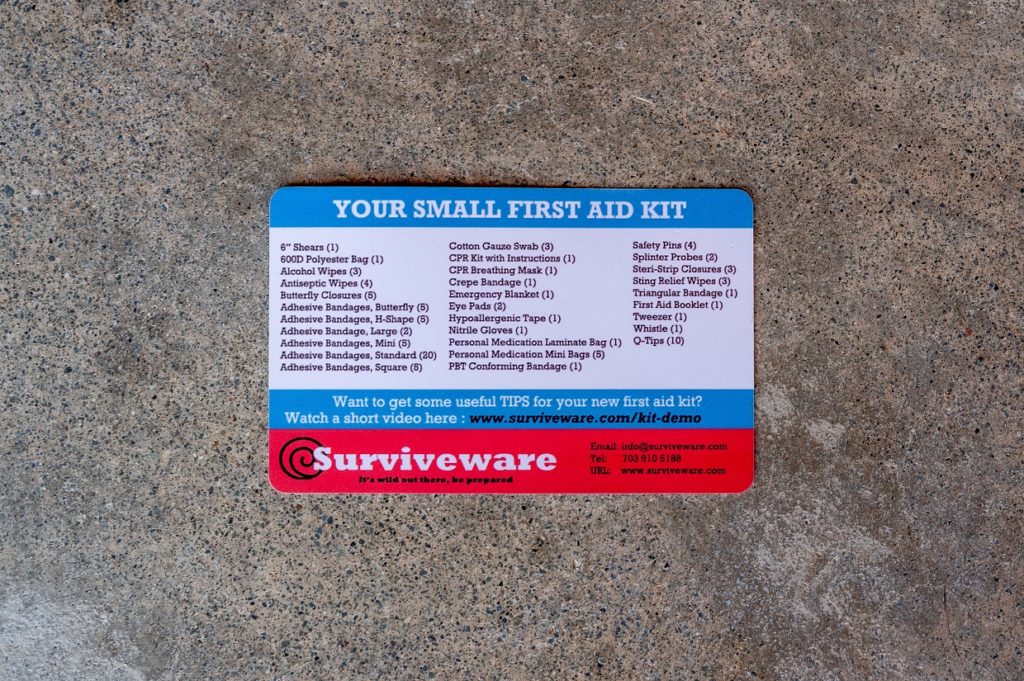
You can learn more about it and purchase this first aid kit here.
Pack along all other essentials
What essentials exactly? What we suggest is to carefully consider the situation you will be in and what could possibly go wrong.
If you are just on a simple day hike, you may not need to pack along too much.
If you are on a 7 day backcountry hiking trip, you need to consider every single scenario.
Not to get too grave, but it does help to think of all the worst case scenarios you could run into and pack accordingly.
Water
First let’s chat about water. A general rule for outdoor activity is to bring about 1/2 liter of water for every 1 hour of activity. But it’s also smart to pack some type of water treatment as well. Pack along some iodine tablets or a water filter so you can turn any water source into safe and drinkable water.
Food
For food, pack along a little more than you think you need. We like to pack energy dense foods so we don’t have to carry as much of it. Some key nutrient dense food items are nuts, seeds, protein bars, nut butters, cheese and jerky.
Light Source
In case your adventure takes longer than you expected, make sure you have a light source with you so you don’t have to find your way back to your car in the dark. A flashlight or lightweight headlamp (and extra batteries!) will do the trick.
Emergency Gear
For true preparedness and worse case scenario planning, you can pack along emergency blankets, sleeping bags and tents. These items are made for emergency use only (not for comfort) but are extremely lightweight so you can carry them anywhere.
And if you end up unexpectedly stuck in the woods overnight, having some will help to keep you warm and safe. You can carry a lighter, stormproof matches or fire starter.
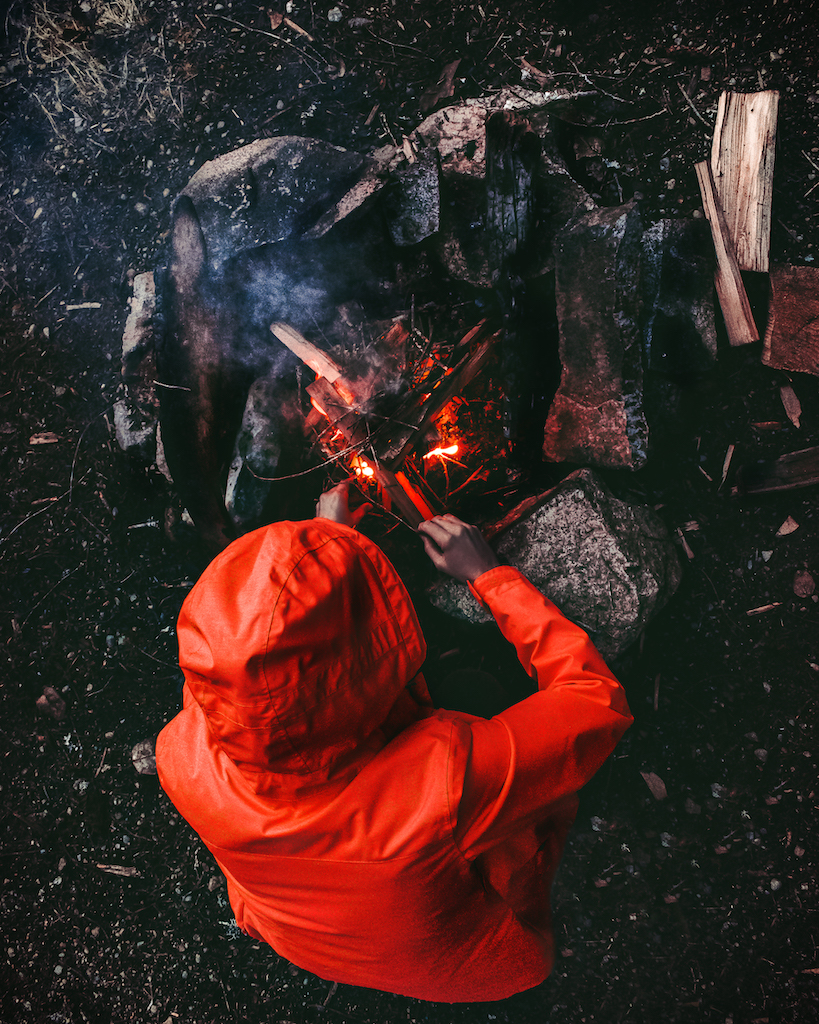
Looking for more quality backpacking gear? Here are our top 5, must-have lightweight accessories to bring on your next backcountry camping trip:
- BAFX Products Trekking Trail Poles – do not attempt an advanced trail without trekking poles. These things will save your joints from high impact which will keep you hiking longer, safer and happier.
- Elmchee Rechargeable Headlamp – flashlights are so last year.
- BRS Camping Stove – our choice for an ultralight, super-powerful gas burner.
- Trekology Camping Chair – the ultimate luxury item but light enough to pack along!
- Sawyer Products Water Filtration System – lightweight and effective!
Wear Appropriate Clothing
Do your research and know what type of weather you can expect in the area.
If you need rain gear, make sure to pack it.
It also helps if you wear layers. That way you can adjust what you are wearing as you go. Start with a moisture wicking tank or t-shirt, then a long sleeve t-shirt or fleece, and top with a light jacket.
Have a GPS and Satellite phone
Since most of our smartphones run off of cell towers, it can be quick to lose cell reception in the backcountry. If you end up in any trouble, you will need a way to contact someone for help in case of emergency.
Luckily there are plenty of companies selling satellite phones and GPS systems that have extremely impressive reach. These phones could literally save your life out there on a backpacking hike or camping trip and they are money well spent.
Bring a Trail Map and Compass
In case technology fails you, always carry a detailed paper map of the area. And also carry a compass so you know which direction to walk in.
Bear Safety and Other Wildlife
Make sure to do your research on what type of wildlife to expect on your hiking, backpacking or camping trip.
Here are some general backcountry safety tips for any type of wildlife:
Never leave food unattended. Make sure to pack up all food and food packaging before you leave an area. If you are sleeping outdoors overnight, make sure your food is properly stored in your car, in a metal bear locker or high up in a tree. And always cook your food and wash your dishes far away from your camp.
Also, make sure to keep your distance from any wildlife to avoid any unnecessary attacks. Most wildlife do not wish to attack you. So try to keep your distance if you can. It is suggested to keep a distance of 100 yards from animals like bears and wolves.
If you are hiking, make sure to make lots of noise. While you hike along, talk to your friends, sing, smack your trekking poles together or wear a bear bell. Animals do not like noise and will hear you coming.
Avoid hiking or being near water sources near dawn or dusk. This is the time animals are most active.
Here are some tips for bear safety in the backcountry:
- Never approach a bear
- Keep 100 yards away
- If you see a bear, slowly back away and keep your eyes on the bear
- Carry a bear spray that has maximum strength and spray distance (ie. at least 35 feet)
If you encounter a black bear:
- If a black bear is approaching you, try to look as large as you can and make lots of noise by yelling and banging rocks or trekking poles.
- Throw rocks or sticks to try to scare it off.
- If you are holding food, throw it far away from you. The bear may be more interested in the food than it is in you.
- If a black bear attacks you, do not play dead. Try to fight back by punching it in the eyes and nose and throw objects at it.
If you encounter a grizzly bear:
- Never fight a grizzly bear and never appear as a threat. Stay calm, back up slowly and don’t make eye contact.
- Have your bear spray ready, but do not use it too soon. Wait until a grizzly bear is about 30 feet from you before you use bear spray.
- If you do not have bear spray, you will want to play dead. Do this by lying flat on your stomach, put your backpack between you and the bear, and cover the back of your neck with your hands.
Pack Paracord Rope
Having a long and durable rope can come in handy in so many scenarios.
It can help you to build emergency shelters.
It can be used to hang your food high in a tree to protect you from wildlife.
You can use it to hang clothing or gear that has gotten wet.
Tell Someone Your Plan
This is one of the backcountry safety tips that is most often overlooked.
Before you head out on your adventure (even if you are with a partner or a group) make sure to tell a family member or friend where you are and how long you plan to be gone. If anything happens to you and you do not make it home as expected, a friend will be able to have a search party go and look for you.
Are you an outdoor enthusiast like us? While you’re here, check out our other outdoor posts:
- ‘Your Day Hiking Essentials Packing List’
- ‘How to Get in Shape for Hiking’
- ‘The Essential Backpacking Packing List’
- ‘Hiking Food Ideas for Healthy Snacks and Meals’
- ‘The Ultimate Camping Packing List – With FREE Printable’
Prep Your Car Accordingly
If you plan to take your vehicle out on the backroads, be prepared for anything.
You will want to ensure your car has a spare tire and make sure you know how to change it.
Consider carrying a portable car battery jumper in case your car battery dies in a remote area.
If you are planning on off-roading or overlanding, consider if you need to have a 4×4 vehicle or if you need to ensure your car has a high clearance.
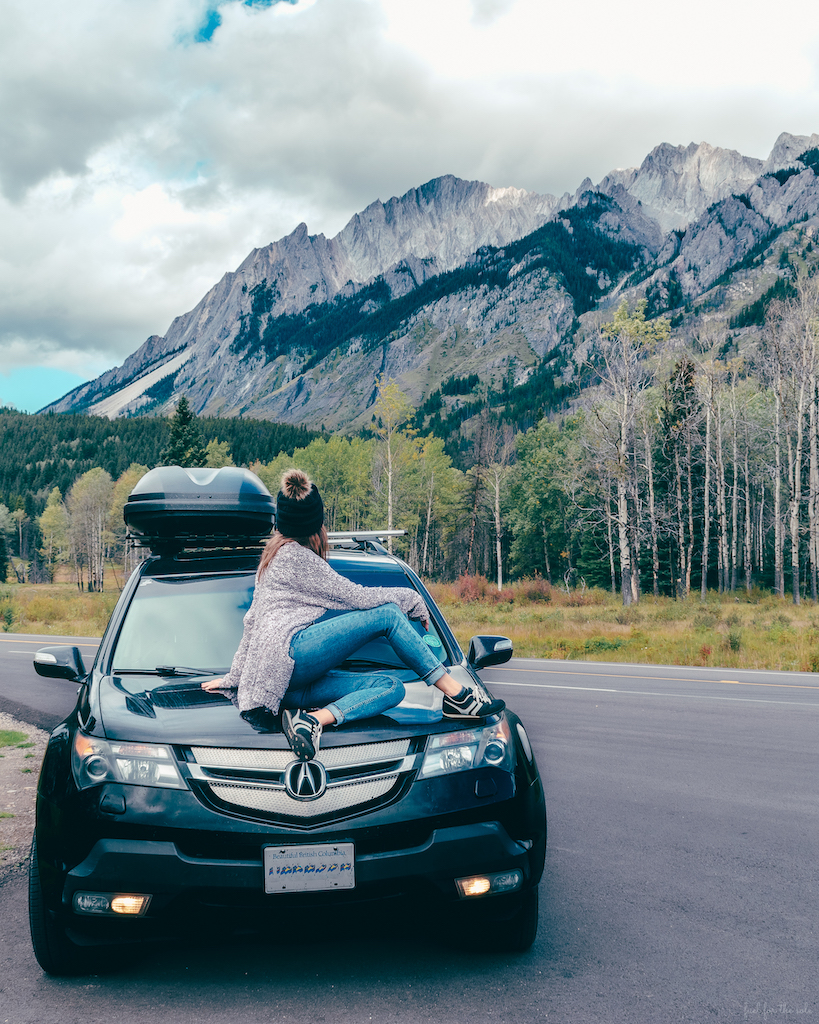
Do Your Research
Before heading out on a hike or road trip, make sure you are researching the trail and area well. Proper research will prepare you better for what you can expect and enable you to plan your trip and gear better.
Look into things like how long your route or trail should take you, what the difficulty level is, what the current trail conditions are like, what wildlife to expect, if there are any water sources etc.
Some great resources for researching your trip are the AllTrails App, travel blogs, Trip Advisor, The Weather Channel, and government sites for the specific city or park you are visiting.
Did we miss anything? What do you bring along on remote trips to help keep you safe? Let us know your backcountry safety tips in the comments below!
*This post may contain affiliate links that help to keep this blog running. Read our disclosure for more information.

